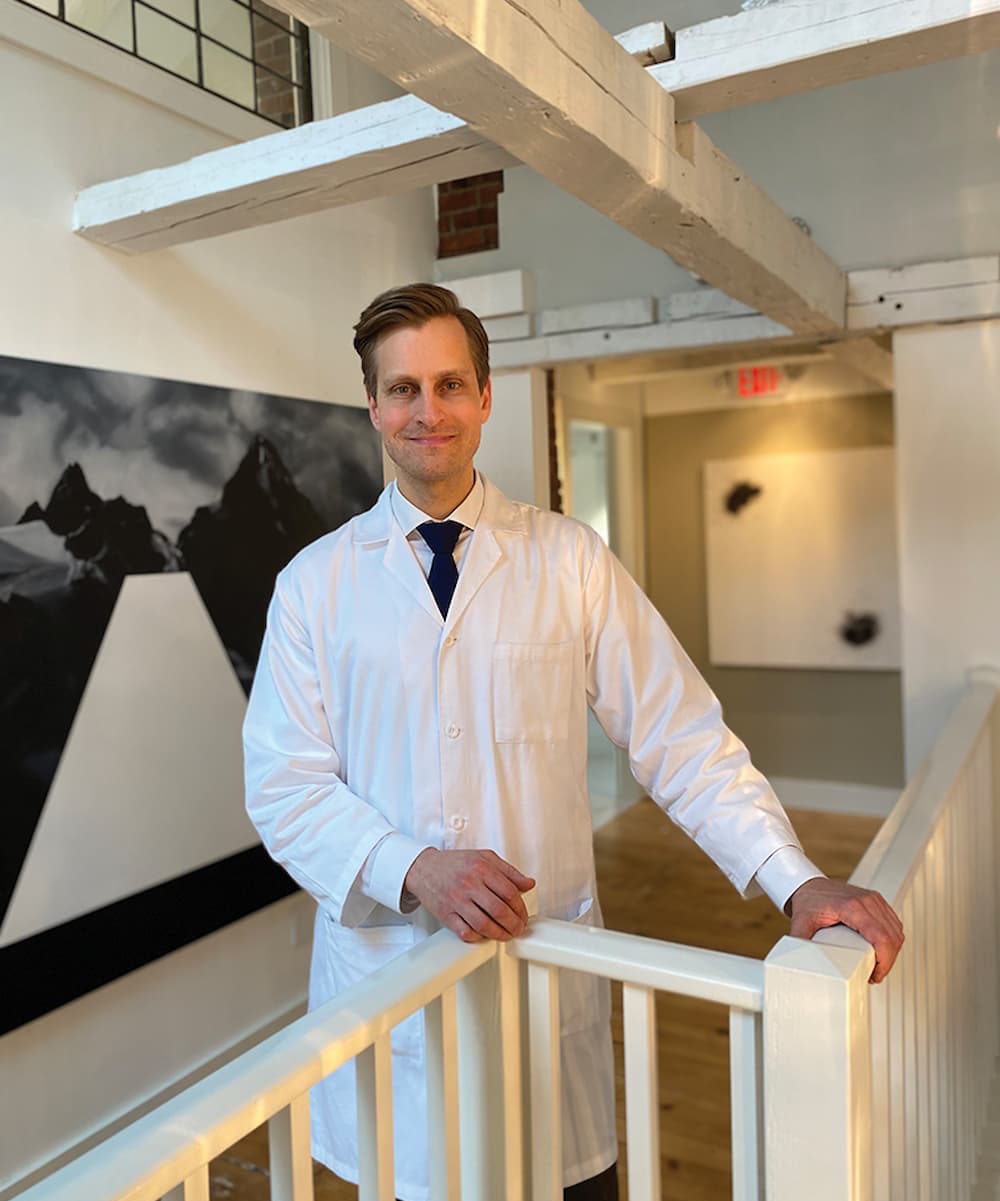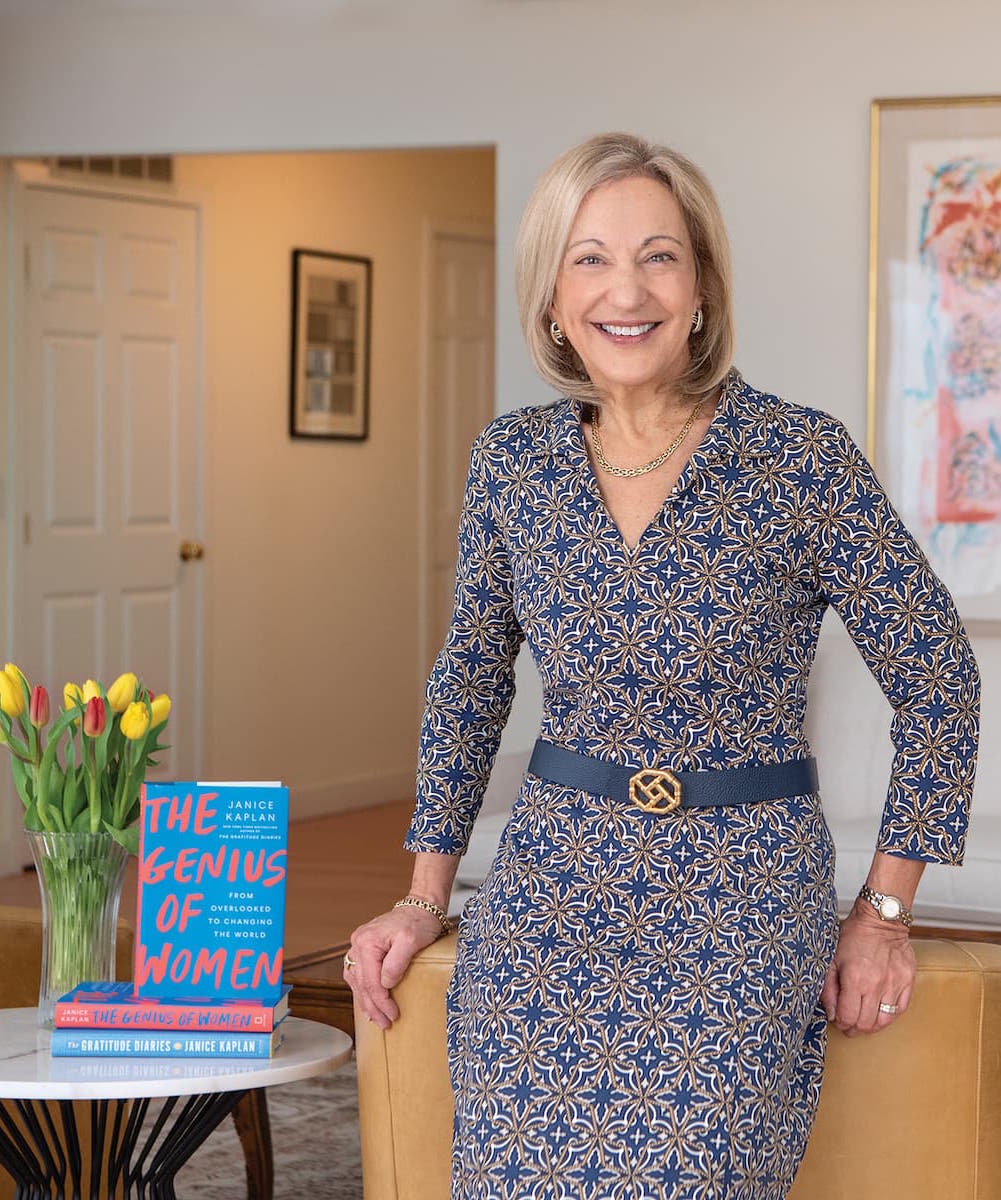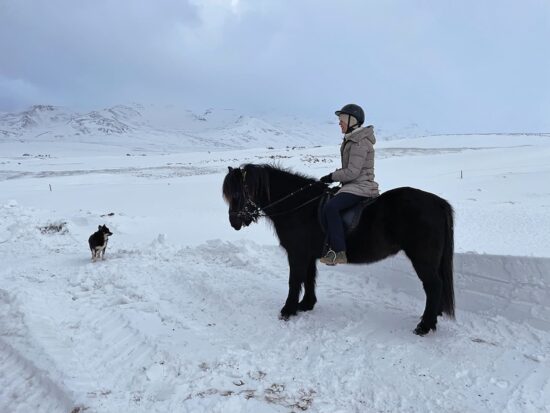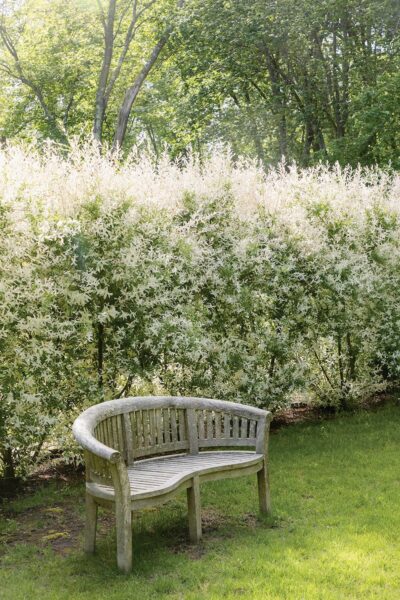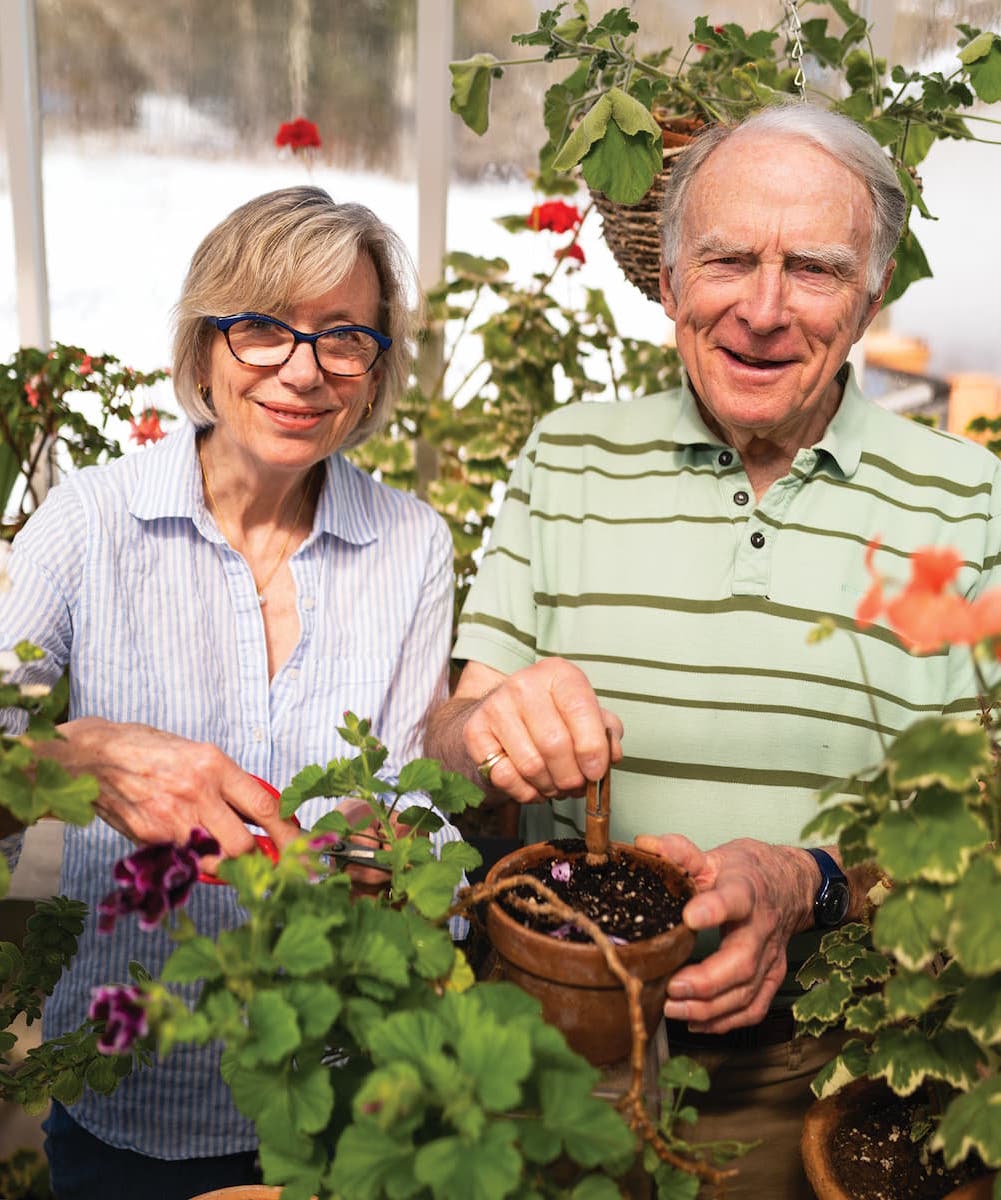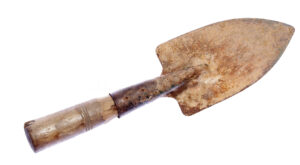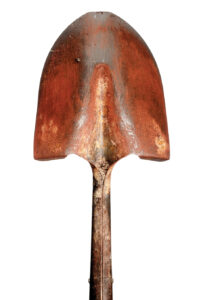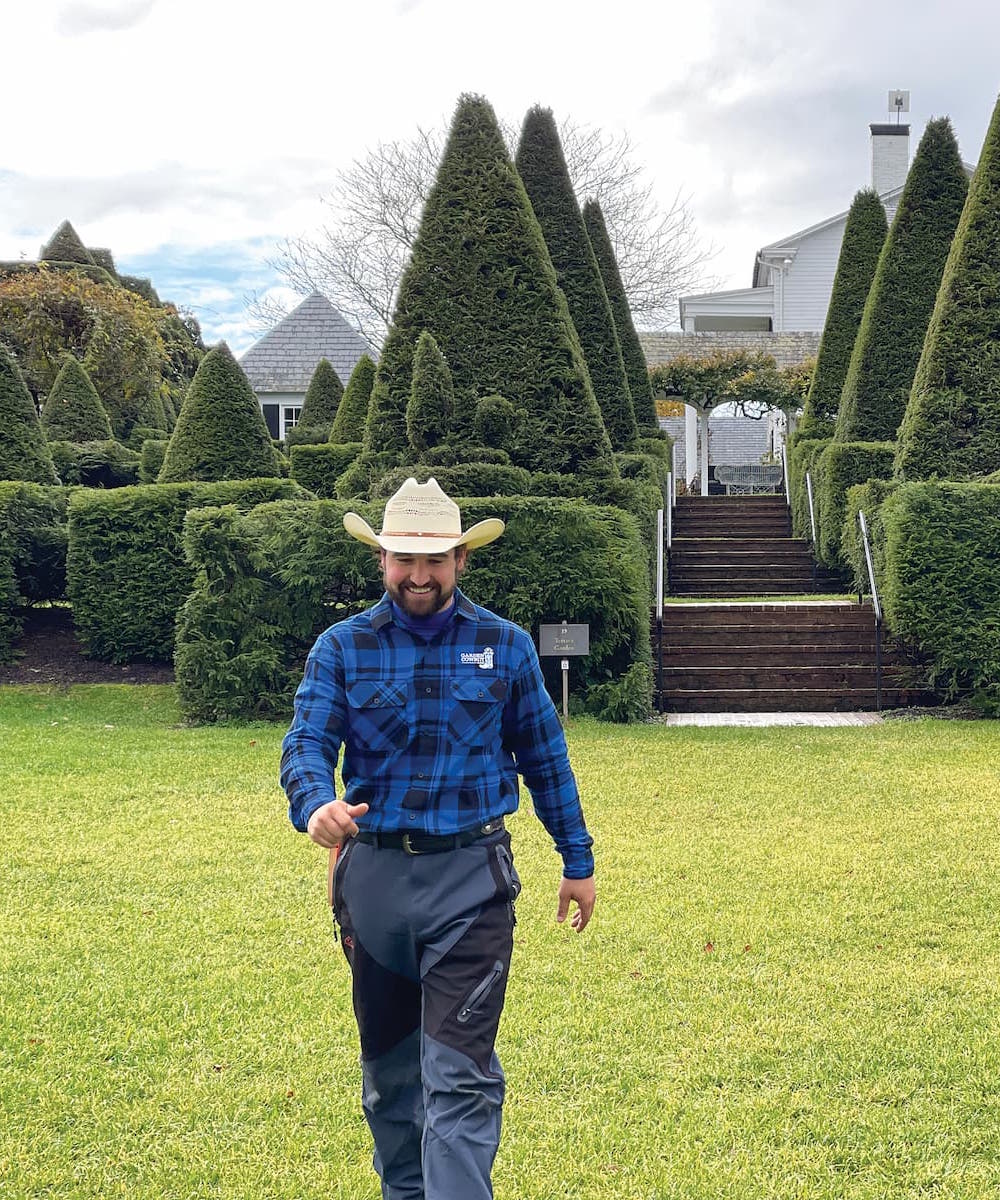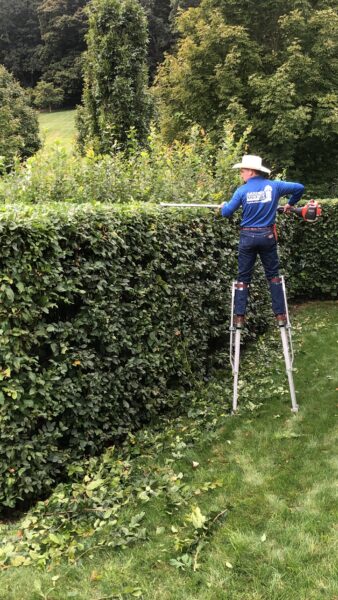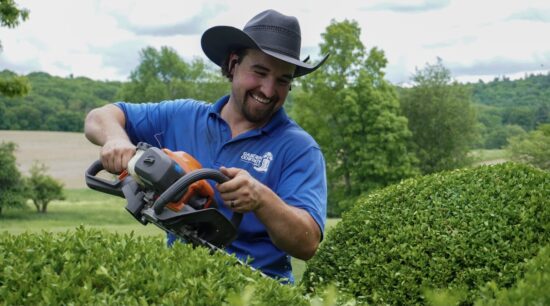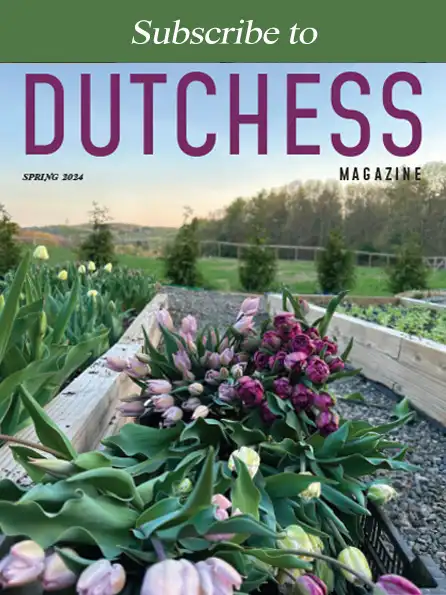Plans are being put in place for the second SHAG celebration, which will occur over one weekend from June 16th to 19th.
SHAG Returns for a Second Summer
By Joseph Montebello
Stephanie and Tim Ingrassia created Spring Hill Vineyards in 2006. In 2018 they had a vision and took the property to new heights with its Five Senses Festival, produced with Pilobolus. Last year, as the country experienced the shock of the pandemic, they expanded the event into SHAG—Spring Hill Arts Gathering. It ran over two summer weekends and featured singers, songwriters, Broadway actors, a drag queen, young writers from the After School Arts Program, and an interview with publisher Graydon Carter—to name but a few of the attractions. The extraordinary event brought together the community and established a unique and exceptional outlet for talent.
The venue created by The Ingrassias is ideal: 6,500 square feet of open entertainment space, a multi-use barn, an amphitheater created by sculptor Mark Mennin, and a silo repurposed as an artistic grotto.
“Last year was a major experiment,” explains arts strategist Dana Gluck and now Executive Director of SHAG. “We had never done anything like this and it was a great learning process. Each day offered a unique variety of programs for both adults and children, as well as events celebrating Pride in the Hills and the LGBTQ community. It all worked so well and we are excited to be back again this year.”
Gluck has worked with an array of clients from small arts organizations, CEOs, artists, art galleries, hospitality businesses, and larger institutions such as the Brooklyn Museum, which is where she and Ingrassia first met.
“Stephanie is on the board and we got to know each other during my time at the museum and I began consulting for her. In 2019 she asked if I would consider coming on full-time to work with Pilobolus. So I did and we love working as a team.”
Plans are being put in place for the second SHAG celebration, which will occur over one weekend from June 16th to 19th.
“Last year’s event took place in August and we decided that June would be a better showcase, to really initiate the summer season and capture more of the community,” says Gluck.
Thus far, Friday night will open with an ASAP! Celebration of Young Writers, Nat Meyers, Raye Zaragoza, Abraham Alexander, Grateful Shred, and an innovative wine and food event. Sunday’s lineup includes Lido Pimienta, Cautious Clay, and special educational programs.
Chris Herrmann, co-founder of Pride in the Hills, is excited to be back again working with Ingrassia and Gluck. His lineup of talent on Saturday will include Pilobolus, songstress and hostess Shequida Hall, singer Vincint, and Betty Who, vocalist and songwriter.
“Last year was our first time out and it was a great learning experience for us,” says Ingrassia, and we will expand on what worked and take what we’ve learned and make this year’s celebration even better. We are thrilled to have a community that has been so supportive. We believe in the power of art to bring people together.”






